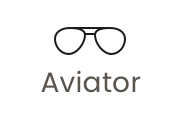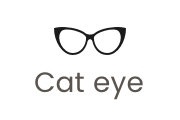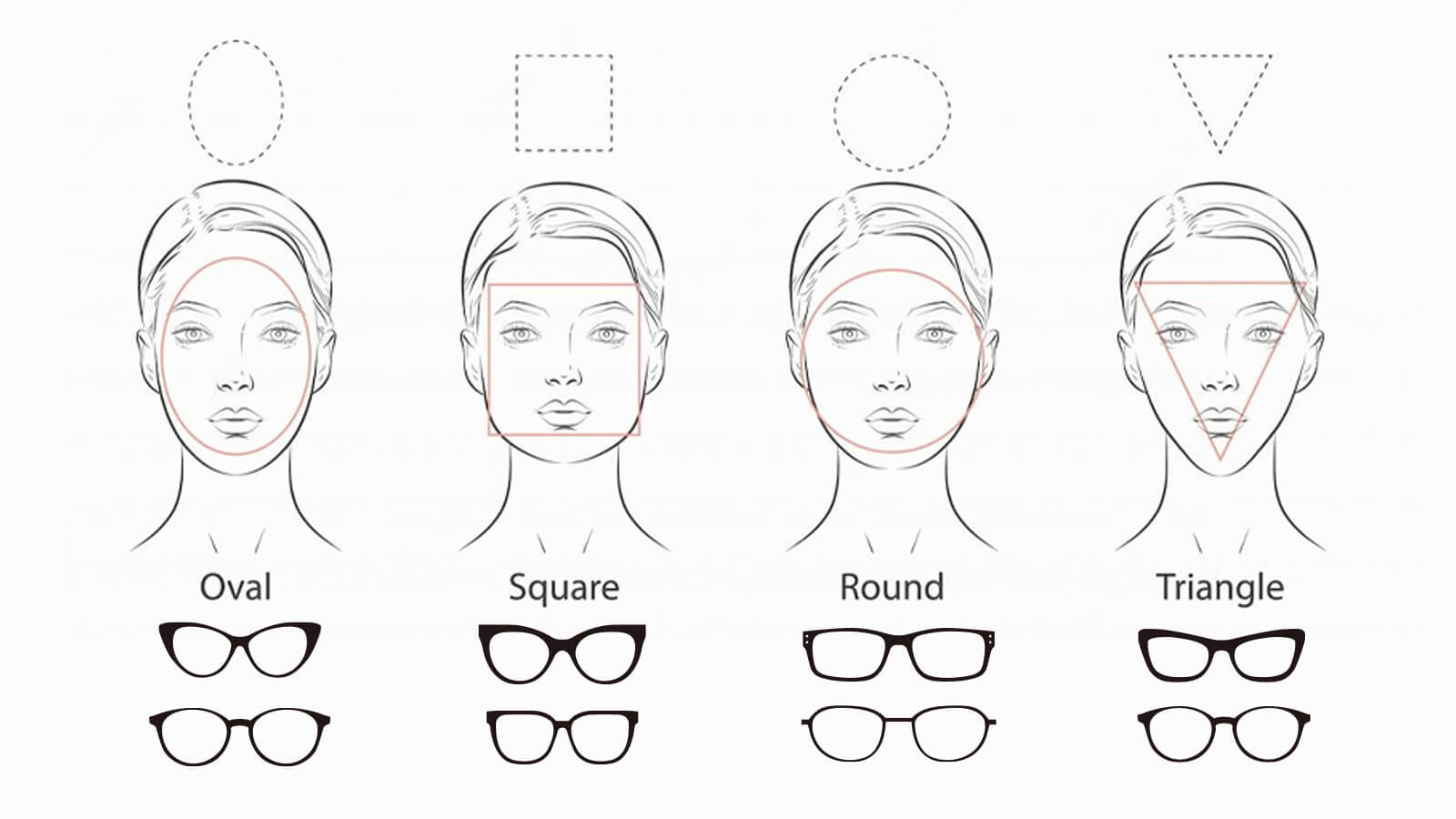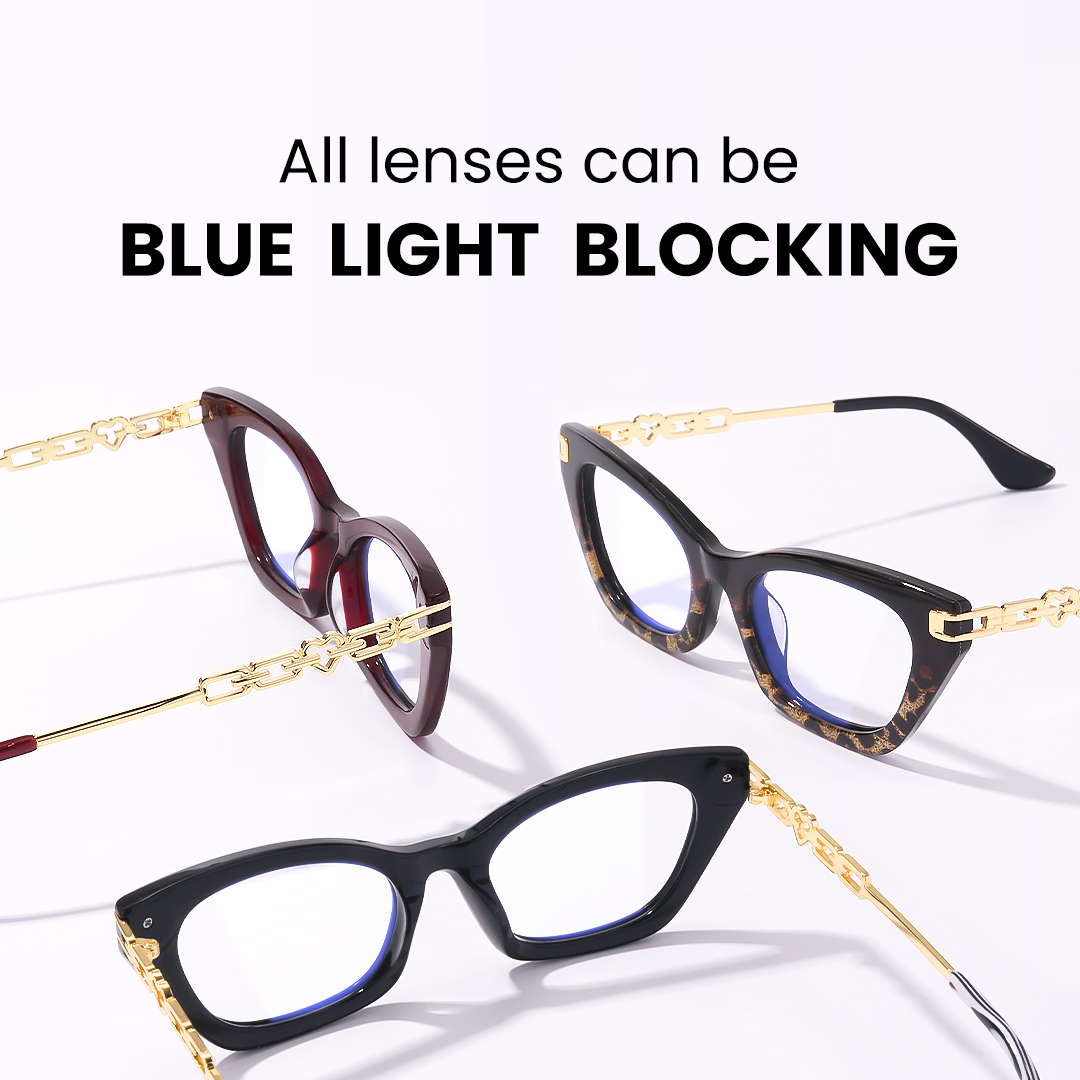
Guide to Picking Glasses That Suit Your Face Shape Perfectly
February 27,2023

What is Boho Style? A Comprehensive Guide to Boho-Chic Fashion
February 13,2025

Virtual Glasses Try On - Find Your Perfect Pair Online
April 02,2024

UV Protection Glasses VS. Blue Light Glasses - Vooglam
July 20,2023

Newest Style Modern Trendy Mens Glasses | Vooglam
March 01,2024

Stylish Reading Glasses: Blending Fashion with Functionality
February 16,2023

What are photochromic lenses & glasses?
September 22,2023

Brown Eyes: The Beauty of the Most Common Hue
September 01,2024

The chubby face glasses for round face female
August 02,2023

What are prisms in eyeglasses?
March 20,2023

What are Bifocal Lenses? - Vooglam
April 14,2023

How to Read Your Eyeglass Prescription?
March 11,2023
Nearsighted vs Farsighted: Everything You Need to Know
Ever squinted at a street sign or held a book at arm's length to make out the words? Your eyes might be trying to tell you something. Vision issues affect millions worldwide, yet the confusion between nearsightedness and farsightedness remains surprisingly common. Is that blurry billboard a sign of nearsightedness, or is it something else entirely? Does your struggle with reading messages on your phone indicate farsightedness?
At Vooglam, we believe understanding your vision is the first step toward expressing yourself through perfect eyewear. Let's clear up the fog around these common vision conditions and help you see the difference between nearsighted vs farsighted vision. By the end of this article, you'll know exactly what your eyes are telling you—and how to respond with style.
What is Nearsighted vs Farsighted
What is Nearsightedness?
Nearsightedness, medically known as myopia, occurs when you can see objects up close clearly, but struggle to focus on distant objects. Think about it: you can read that novel in your hands without issue, but the movie times on that theater marquee across the street? Total blur.
Symptoms of Nearsightedness
- Distant objects appear blurry or unfocused
- Squinting to see things far away
- Eye strain or headaches after driving or looking at distant objects
- Need to sit closer to screens or the front of classrooms
- Clear vision for close-up tasks like reading or using your smartphone
Why Nearsightedness Occurs?
Nearsightedness happens when your eyeball is slightly too long, or your cornea (the clear front surface of your eye) is too curved. This causes light entering your eye to focus in front of the retina instead of directly on it—resulting in those distant objects looking like they're wearing a soft-focus filter in real life.
According to a study published in the Journal of Ophthalmology (2020), myopia affects approximately 30% of Americans and has been increasing worldwide, especially among young people who spend significant time on digital devices.
What is Farsightedness?
Farsightedness, or hyperopia, is essentially the opposite—you can see distant objects clearly, but close-up items become a blurry mess. That mountain on the horizon? Crystal clear. The text message you just received? Not so much.
Symptoms of Farsightedness
- Close objects appear blurry or unfocused
- Eye strain when reading or doing close work
- Headaches after reading or other close-up tasks
- Need to hold reading materials at arm's length
- Clear vision when looking at distant objects
Why Farsightedness Occurs?
When you're farsighted, your eyeball is slightly too short, or your cornea isn't curved enough. This causes light to focus behind your retina instead of on it. Your eye muscles can sometimes compensate for mild farsightedness by working harder to focus, which explains those headaches after reading a book.
Research from the American Academy of Ophthalmology (2022) indicates that approximately 25% of adults experience some degree of hyperopia, though many cases go undiagnosed because the eye can compensate for mild farsightedness.
What's the Difference Between Nearsighted and Farsighted
| Aspect | Nearsightedness (Myopia) | Farsightedness (Hyperopia) |
|---|---|---|
| Clear Vision | Close objects | Distant objects |
| Blurry Vision | Far objects | Near objects |
| Eye Structure | Eyeball too long or cornea too curved | Eyeball too short or cornea not curved enough |
| Light Focus | In front of retina | Behind retina |
| Common Activities Affected | Driving, watching movies, sports | Reading, computer work, crafting |
| Typical Lens Type | Concave lenses (thinner in middle) | Convex lenses (thicker in middle) |
| Age of Onset | Often begins in childhood/teen years | Can be present from birth or develop with age |
How to Know if You're Farsighted or Nearsighted?
Think you might be experiencing one of these vision conditions? Before you self-diagnose, remember: your eyes deserve professional attention. Here are some ways to get clarity on your vision situation:
Self-Test Indicators
While not a substitute for professional diagnosis, these simple observations can provide clues about your vision:
- If you find yourself moving closer to see distant objects like road signs or movie screens, you might be nearsighted.
- If you catch yourself holding books, menus, or your phone farther away to read them clearly, you might be farsighted.
- Notice when you experience eye strain or headaches—is it after focusing on distant objects or close-up work?
However, the most reliable way to determine your vision condition is by seeing an eye specialist. Optometrists use specialized equipment to measure exactly how light focuses in your eyes, providing a precise diagnosis no home test can match.
According to a recent study in the American Journal of Optometry (2023), nearly 40% of people with vision issues waited over two years before seeking professional help—potentially worsening their condition and eye strain in the process.
How to Read Nearsighted vs Farsighted Prescription?
Deciphering that prescription your optometrist handed you? Let's break down the code:
Prescriptions include several numbers that indicate the type and degree of vision correction needed. The most important number for our discussion is the sphere (SPH) value, which indicates the lens power needed to correct your vision.
- Negative Numbers (-1.00, -2.50, etc.): Indicate correction for nearsightedness (myopia)
- Positive Numbers (+1.00, +2.50, etc.): Indicate correction for farsightedness (hyperopia)
Here's an example of how prescriptions might look:
Nearsighted Prescription: R: -2.25 -0.75 x180 L: -2.00 -0.50 x175
Farsighted Prescription: R: +1.75 -0.50 x10 L: +2.00 -0.25 x15
The higher the number (either positive or negative), the stronger the correction needed. Additional numbers refer to astigmatism correction (cylindrical power and axis), which we'll cover in our FAQs.
How to Choose Nearsighted vs Farsighted Glasses?
Now for the fun part—selecting glasses that not only correct your vision but express your unique style! At Vooglam, we believe your frames should be as distinctive as you are.
For nearsightedness, lenses will be thinner in the center and thicker at the edges. Consider these frame tips:
- Choose frames that complement your face shape and highlight your best features
- For stronger prescriptions, consider high-index lenses that are thinner and lighter
- Frames with less width can minimize the "edge thickness" of nearsighted lenses
For farsightedness, lenses will be thicker in the center and thinner at the edges:
- Frames with adequate depth can better conceal the thickness at the center
- Anti-reflective coatings can reduce the "magnifying glass" effect of stronger prescriptions
- Consider lightweight materials for comfort, especially with stronger prescriptions
Remember that with Vooglam's extensive collection of over 1,800 unique designs, you'll find frames that not only correct your vision perfectly but also help you express your inner funk. Our progressive lens offer a seamless transition between different vision zones—perfect for those with both near and distance vision needs.
FAQs
How can I tell if I'm nearsighted or farsighted?
The simplest way to distinguish between the two is to notice when objects appear blurry. If distant objects (like street signs or presentations) appear blurry while close items remain clear, you're likely nearsighted. If close objects (like books or smartphones) are blurry while distant objects remain clear, you're likely farsighted. However, only a professional eye exam can provide a definitive diagnosis.
Nearsighted vs farsighted: which is worse?
Neither condition is inherently "worse"—both are common vision issues that affect quality of life differently depending on your daily activities. Someone who drives frequently might find nearsightedness more challenging, while an avid reader might struggle more with farsightedness. Both conditions are easily correctable with proper eyewear.
Nearsighted vs farsighted: which is more common?
Nearsightedness (myopia) is generally more common, particularly in recent decades. Studies from the World Health Organization indicate myopia affects approximately 30% of the global population, with rates as high as 80-90% in some East Asian countries. Farsightedness affects roughly 10% of the population but becomes more common as people age into their 40s and beyond with the development of presbyopia.
What are astigmatism and how does it differ from nearsightedness and farsightedness?
Astigmatism is a common vision condition where the cornea or lens has an irregular shape, causing blurred vision at all distances—not just near or far. It often occurs alongside either nearsightedness or farsightedness. While myopia and hyperopia relate to the length of the eyeball or curvature of the cornea, astigmatism relates to the cornea's regularity of shape. Think of it as the difference between a perfect basketball (normal eye) and a football (eye with astigmatism).
This article is not a substitute for a professional diagnosis. Always consult with an eye care professional for proper evaluation and prescription.
Ready to show off your vision in style? Explore Vooglam's collection of frames designed to express your unique personality while providing crystal-clear vision—whether you're nearsighted, farsighted, or somewhere in between. After all, when you change the way you see yourself, you change the way the world sees you.

Vooglam Blog
Vooglam blog shares professional knowledge about eyeglass frames, lenses, etc., and provides help when purchasing and using eyewear products. At the same time, Vooglam focuses on fashion glasses to interpret the trend of glasses for you.

The Science of Polarized Lenses: How They Improve Clarity and Safety in Snowy Conditions
If you've ever been out on a sunny day in the snow, chances are you know all about snow glare. That painful, sometimes blinding reflection off the bright white of snow isn't just annoying; it can be e
November 26,2025
Don't Spook Your Style: 6 Iconic Halloween Costumes with Glasses
Halloween isn't just about jumping into someone else's skin for a night—it's about finding pieces of yourself you didn't know existed. For those of us who wear glasses daily, the question isn't whethe
October 16,2025
How to Fix a Metal Glasses Arm Hinge: A Step-by-Step Repair Guide
Why Hinge Repairs Are Common—and FixableIf you wear glasses daily, chances are you've dealt with issues related to the hinges on your metal frames. It's one of the most common weak points, and over ti
July 07,2025
Low Nose Bridge vs. High Nose Bridge: How to Find the Perfect Glasses Fit
Most people spend a lot of time thinking about the styles, colors, and types of lenses they want in their glasses. But there's one thing that people frequently forget about that can make a big d
July 07,2025






































